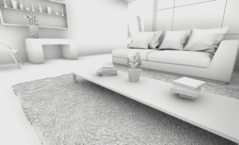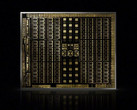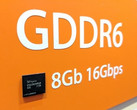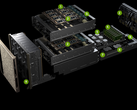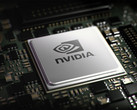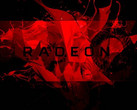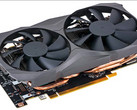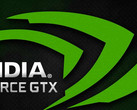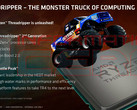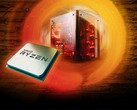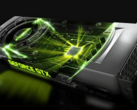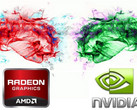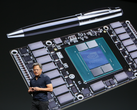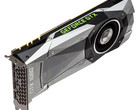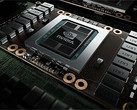Every year, video games continue to look more and more realistic. Whether it's improved character animations or increasingly complex geometries, games continue their steady march to push the boundaries between simulation and reality. However, there's long been a thorn in the side of many game engines when it comes to real-time rendering — lighting. Nvidia is hoping that their RTX ray-tracing technology can solve this problem.
In a nutshell, ray tracing is a method by which a computer-generated image renders lighting patterns like shadows and reflections. There are other methods to compute the behavior of light, but ray tracing is one of the most comprehensive and is used by organizations like movie production studios and modelling professionals that want to render the most realistic scene possible.
Because of the numerous and heavy computations needed to calculate the trajectory of a near-uncountable amount of light rays in any given scene, ray tracing is incredibly resource-intensive and makes sense in non-time intensive rendering. Thus, the technology has never been effectively used in gaming; modern video games aim to render the individual frames of a scene 60 times a second or more, and ray tracing is far too taxing on even the highest-end hardware to make this frame rate target a reality.
Nvidia's RTX looks to change that. While Nvidia was pretty hush-hush on the technology, they did reveal a few kernels of information. RTX works at both the hardware and software level and will leverage Volta's emphasis on AI to render recurrent scenes faster. The company debuted several scenes at GDC this morning, and the results (shown in the screenshots below) were stunning. The tech looks incredible, but there is a catch: in its current state, RTX will only work with Volta-based GPUs.
Nvidia also announced that they are working in congress with Microsoft to ensure RTX is compatible with the Redmond regent's DirectX Raytracing (DXR) API. DXR is Microsoft's stab at implementing real-time ray tracing into gaming and 3D scene rendering, and their work with Nvidia might mean that RTX will be available on non-Volta GPUs in the future. A few game developers (like Unity, Remedy, and Spic Games) are also onboard with RTX and it's gaming-centric counterpart, GameWorks. The devs will be showing demos of the tech through the week.





